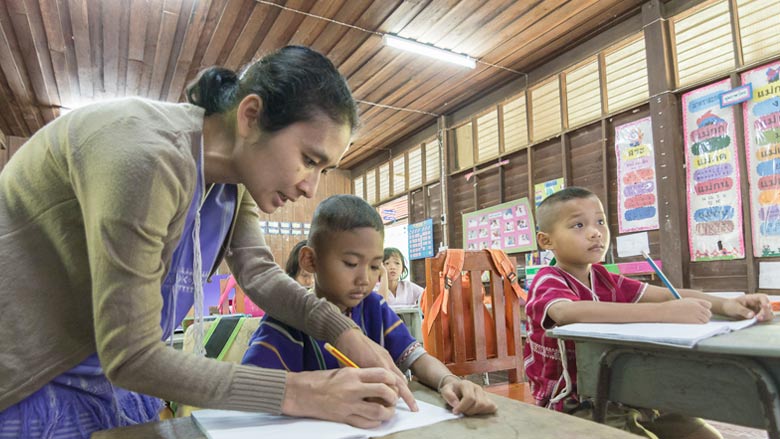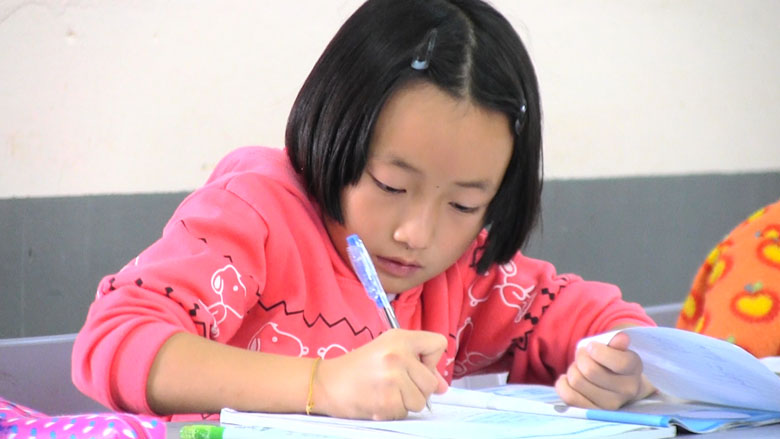Key Findings
Over the past two and a half decades, Thailand has made great progress in expanding basic education, closing the gap in attendance between socio-economic groups through sustained efforts to expand school coverage and compulsory education.
- All children in Thailand receive 12 years of free basic education, plus 3 years of pre-primary schooling.
- Secondary school net enrollment rose impressively from 31% in 1990 to 78% in 2011.
- 82% of girls are enrolled in secondary education, 8% higher than boys.
However, a greater emphasis on the quality of education is needed to further equip students with the skills and knowledge they need to get good jobs.
- One-third of 15-year-old Thai students are “functionally illiterate” or they read so poorly that they struggle to understand the meaning of what they have just read.
- The problem is particularly acute for students enrolled in village schools in rural areas, where 47% of 15-year-old students are functionally illiterate.
- On average, a 15-year-old student in Vietnam is around 1.5 years ahead of the 15-year-old Thai student academically.
Small schools, especially, face their own set of challenges. These schools are much more expensive to operate and do not generally deliver high quality education.
- The number of primary school students fell from 7.45 million in 1982 to 5 million in 2012 due to falling birth rates.
- The number of small schools with less than 20 students per grade increased dramatically from 15,000 in 1993 to 19,800 in 2010.
- Small schools are hindered by a severe lack of teachers, teaching materials and physical infrastructure
How to improve the quality of small schools and ensure quality education for all?
- Reducing the number of small, costly and poorly performing schools to create bigger and better resourced ones by re-organizing the school network.
- Providing bigger budgets to the remaining small schools which are isolated.
- Providing training and stronger incentives to attract quality teachers to the re-organized school networks and the isolated small schools.
- Increasing school autonomy over staff management. Principals know best who to hire for their schools.
- Strengthening evaluations of teachers and schools based on student outcomes can lead to improved student performance.


